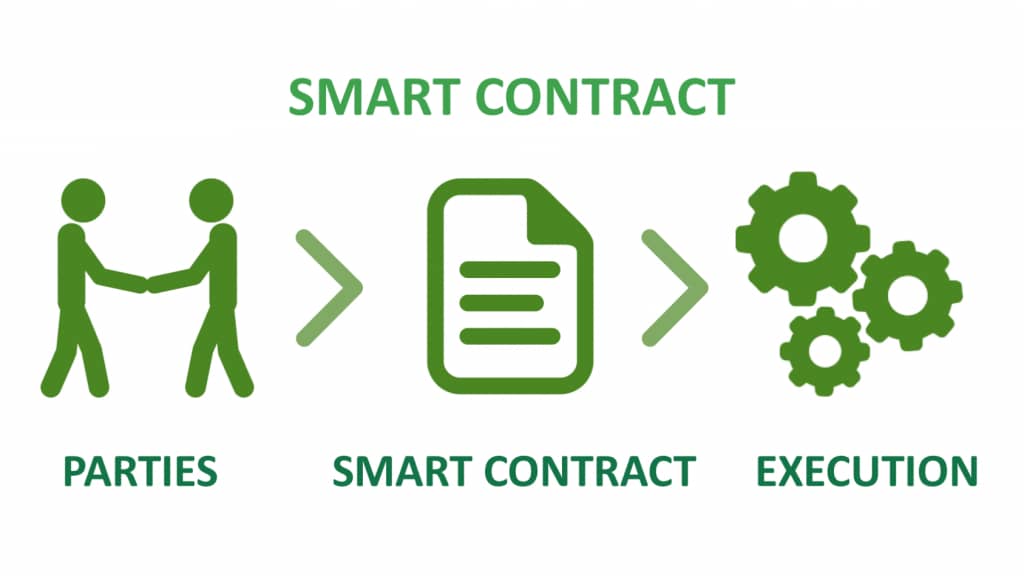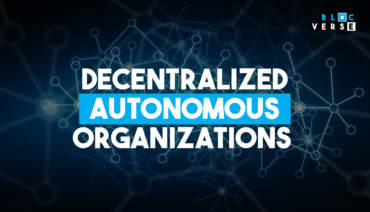What does the DAO mean and how does it work?
DAO have proven to be very innovative and reliable due to smart contracts.
They are efficient for creating a decentralized form of decision-making in the Blockchain.
Blockchain technology has created a world where anything and everything is possible.
Its flexibility and adaptability are so fascinating.
The idea of the “DAO” is to create a trustless system for decision-making.
This system is free from centralized control/authority.
For a centralized/traditional company, there is a hierarchy in decision-making.
DAOs have made it possible for you to establish your own rules and decisions.
These are all on a blockchain code without the knowledge of each other.
What is a DAO (Decentralized autonomous organization)?
A DAO is an independent organization of individuals that have control and can make an informed decision about a project.
DAOs are owned and managed by their members.
For decision-making processes, no one can decide on a subject without the approval of the group.
Suggestions of each member of the group influence these decisions.
After this, voting takes place to ensure everyone has a voice.
How is this organization formed?
A DAO is formed by people who come together to achieve a common goal.
Let’s assume you want to buy a 10 story building selling for $1000 and all you’ve got is $100.
So you go in search of 9 more persons with $100 each that have an interest in that same building.
After payment, these 10 individuals have equal ownership of the building, thus forming a DAO.
Therefore, before any decision is carried out/executed in that building on a certain issue, the DAO (the 10 individuals), must come together in agreement.
Why do we need DAOs?
Over the years, the DAOs have proven to have several advantages over centralized/traditional organizations.
One huge benefit of DAOs is the absence of trust required between two parties.
A centralized organization requires confidence in the individuals behind it, to avoid fear and bias.
With DAOs, the trust is only in the code.
These codes are in smart contracts, making them more reliable than human beings.

Trusting the code is easier to do as it’s available for the public and has proper tests before launch.
Every action DAOs take after launch gets approval from the members.
DAOs are completely transparent and verifiable.
Such an organization has no hierarchical structure.
The lack of a hierarchy means any stakeholder can put forward an innovative idea that the entire group will consider and improve.
Internal disputes are often solved through the voting system.
This system is in line with the pre-written rules in the smart contract.
How does it work?
The first step in building the DAO is to set up and define the rules that will govern the entire ecosystem.
A DAO lives/operates through smart contracts in the Blockchain.
Its financial transactions and rules are on the blockchain records.
These rules are in a smart contract.
Smart contracts are transparent and immutable.
Once these rules are in the smart contract code, no one can change the contents inside them.
Smart contracts exist on different blockchains, although “Ethereum” was the first to have them.
These smart contracts are responsible for establishing the DAO’s rules and regulations.
There are various ways to take part in a DAO, most of which are through the ownership of a token or a stake in the project.
Those with a stake in a DAO get the right to vote.

They may influence how the organization operates by making decisions about the project.
An example is MakerDAO.
Its ecosystem consists of two main tokens: MKR and DAI.
DAI is the core component to sustain MakerDAO’s lending model, while MKR serves as the governance token.
MKR is widely available on decentralized exchanges.
Anyone can buy into having voting power on the Maker protocol’s future.
Everyone who holds the DAO’s native tokens owns a stake within the network.
As such, they get voting powers in the ecosystem that are now proportional to their stake.
The approval percentage required to reach a majority may vary from proposal to proposal.
Why DAOs are better than Centralized/Traditional organizations.
For instance, in a centralized organization, the individual who founded the organization, sits at the top.
There’s a board of directors that makes all of the decisions regarding what goes on in the organization.
Then, the staff and employees follow a chain/hierarchy of command.
The further down the chain you go, the less say you have and the less impact you hold over the organization.
So, if it’s a decision you don’t agree with, you have no right to not accept it.
All or the majority of the power inside the organization lies at the top.
That implies that the mission of the organization can change anytime.

It’s the opposite when it comes to DAOs.
In a DAO, everyone from the owner to the least individual who bought into the DAO has a say and vote in any decision made inside the organization.
You need to consent to the current terms and course to get tied up with the organization.
This brings similar individuals with a common goal together to shape the DAO.
Once you’re in, decisions can occur through a larger agreement of individuals.


[…] All DOT holders can submit proposals to change the protocol or vote on existing proposals, thus forming a decentralized concept of a DAO. […]